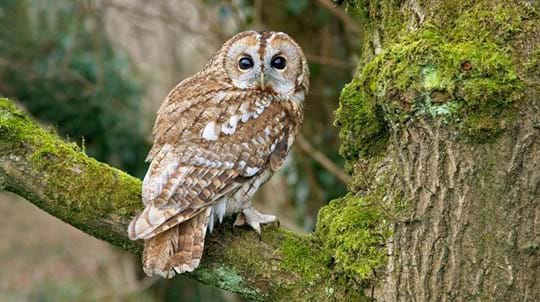
Blog
How to identify UK owl calls
Charlotte Varela • 21 Dec 2023

Volunteer content writer
A walk in the woods might not be the first thing you think of when deciding to go stargazing, but many woodlands are perfect spots to see the stars. Most woods have a mixture of habitats and open areas and a whole bunch of them are located in designated dark sky areas. We’ve picked out six of the UK’s finest woodland stargazing spots, so you can enjoy the best of both worlds.
Certified by DarkSky International for their low levels of light pollution, dark sky parks and reserves are some of the best places to stargaze.
Located within the UK’s largest Dark Sky Reserve, Cwm Mynach has areas of grass, heath and moorland alongside its wonderful ancient woodland. It boasts breathtaking views of mountains, lakes and on a clear night, stars! Be sure to check out Welsh Dark Skies Week in February each year.
Vast open spaces and fewer settlements mean lower light pollution and great stargazing spots in many national park areas. Remote and rugged Dartmoor is a largely treeless landscape, with open moorland and exposed granite tors, perfect for gazing at the sky. One pocket of woodland can be found at Fingle Woods, where trees are interspersed with grassland, moorland and heathland along 10km of the craggy Teign Valley. A deeply historic landscape of ancient monuments and heritage mineworks, Dartmoor's skies are among the best in Southern England for stargazing.
For stargazing in Scotland, look no further. The vast Glen Finglas estate has a huge range of habitats and landscapes to explore, with mountains, hills, woodlands, moorland, rivers and glens. It also boasts some incredible wildlife, such as red squirrels, pine marten, otters and osprey. Scotland has some of the largest areas of dark sky in Europe and the National Park is one of the best for stargazing. If you’re really lucky, you might even see the Northern Lights!
The Northumberland International Dark Sky Park is world renowned and home to some of the darkest skies in England. Irthing Gorge Woodland sits on the southern edge of the Park, close to the village of Gilsland and not far from Hadrian’s Wall. Here you’ll find mixed ancient woodland, steep cliffs and impressive waterfalls, with surrounding moorland providing the clear skies you’ll need to see the stars. If you’re very quiet, you might even spy badgers roaming nearby.
Drumnaph (or Droim nDamh) was once part of the ancient forest of Glenconkeyne and Killetra that formerly covered vast swathes of what is now Ulster. Described as the ‘Gateway to the Sperrin Hills’, today Drumpnaph Wood has a variety of habitats, with ancient woodland, bogs and grassland meadows. Not far from Northern Ireland’s only Dark Sky Park, these are some of the darkest skies to be found on the island of Ireland. Keep your eyes peeled for otters!
Situated at the western edge of Bannau Brycheiniog (Brecon Beacons) Dark Sky Reserve, Coed Tregib is a botanically diverse Site of Special Scientific Interest, with over 100 species of plants. Containing a mixture of woodlands and grassland, there’s plenty of opportunity to admire the pristine night skies. Spot some nibbled hazelnuts on your visit and you might be close to the home of an endangered hazel dormouse too.
Located close to the village of West Knoyle, on the Wiltshire/Dorset border, Mackintosh Davidson Wood falls within the Cranborne Chase International Dark Sky Reserve. Part of the ancient Forest of Selwood, the site has a blend of new and ancient woodland, fields, glades and open areas. Enjoying views across three counties, this chalky plateau is a superb spot to see the Milky Way and even the Andromeda Galaxy.
There are many enigmatic species of wildlife that are generally only seen after dark, if at all. All the more reason to make a night time trip to the woods! If you’re fortunate, you might spot foxes, badgers, bats, owls, deer, moths or hedgehogs. Try to keep quiet and avoid using your torch unless you have to (that’ll help your eyes see the stars as well).

Blog
Charlotte Varela • 21 Dec 2023
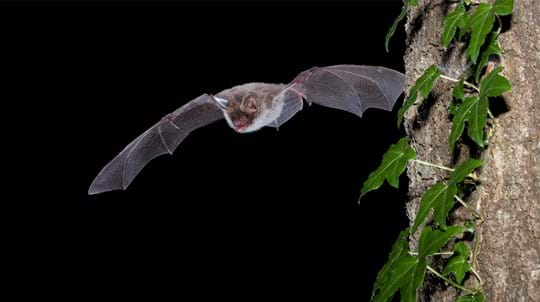
Trees woods and wildlife
The UK is home to 18 species of bat. The only mammals that can fly, they also sleep upside down, navigate by echolocation and find food and shelter in woods and trees.
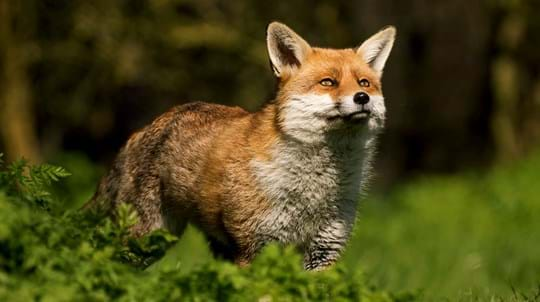
Trees woods and wildlife
Ever adaptable, the fox sits top of the woodland food chain with a diet that takes in everything from birds and beetles to rabbits and rats. Find out what foxes eat, how they breed and how to spot them.
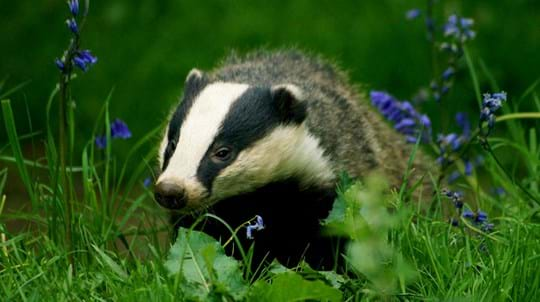
Trees woods and wildlife
Big families, big appetites and big personalities. Find out all you need to know about badgers.
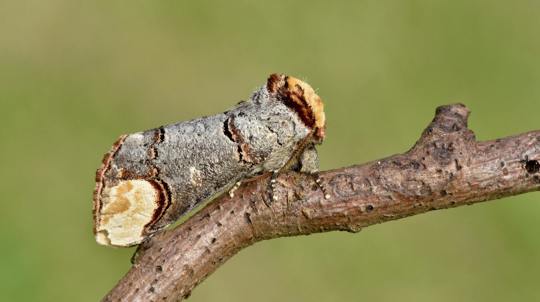
Blog
Amy Lewis • 02 Jun 2021

Primordial landscapes, tangled branches, breathtaking wildlife and miles of woodland trails. From the countryside to cities, we care for thousands of woods throughout the UK, all free to visit.
Find a wood near you